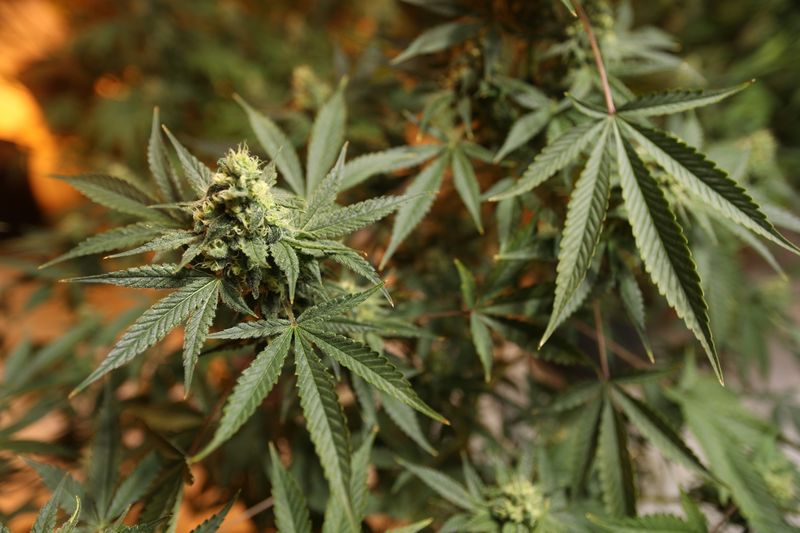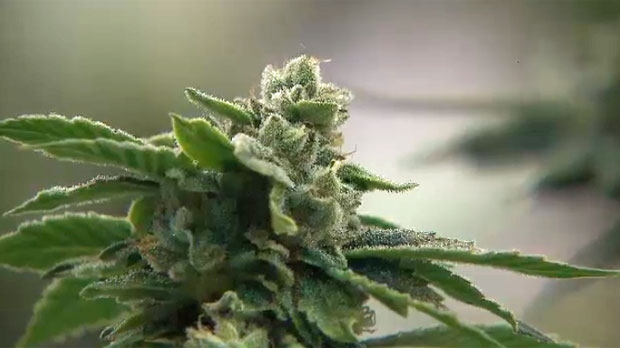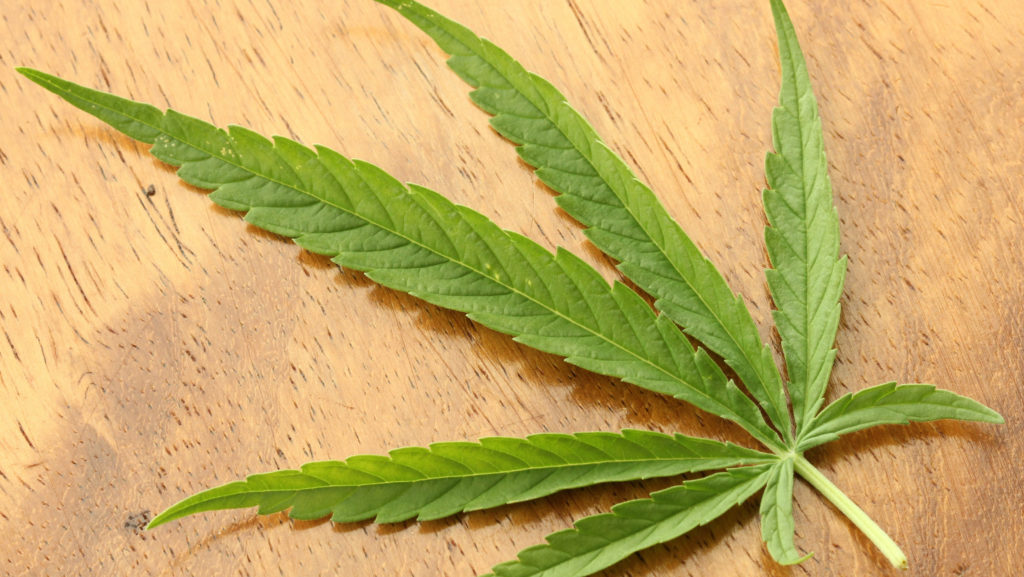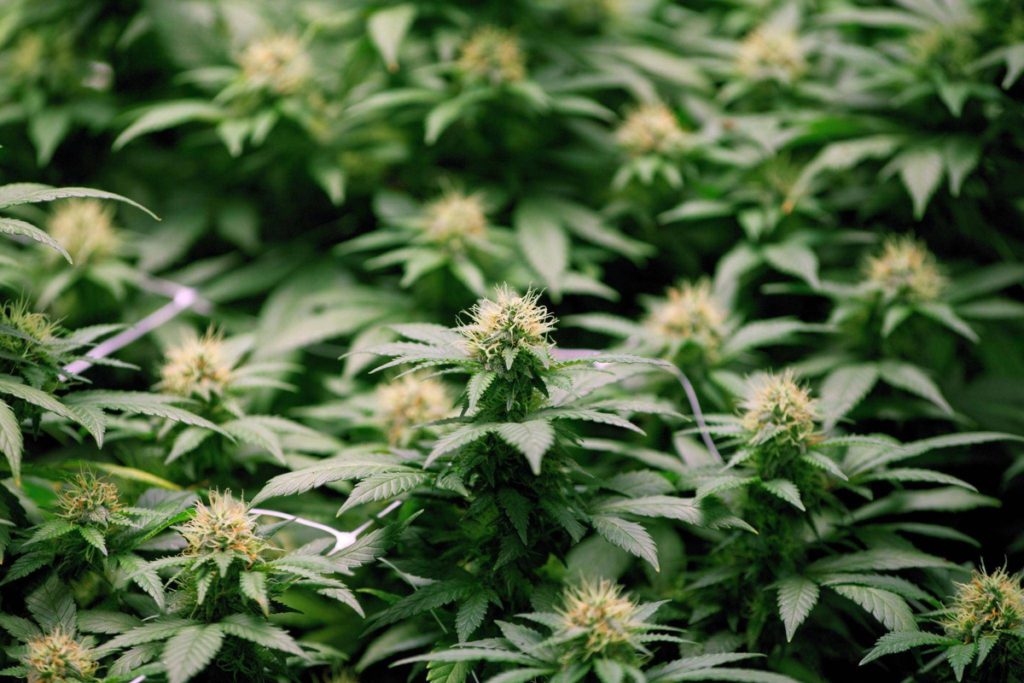If there’s one thing that’s still hazy in Canada’s nascent marijuana market, it’s how wide the margins are on that dime bag.
With less than nine months left before recreational cannabis becomes legal in the country, analysts and investors are still unclear who the big winners and losers will be. Some publicly traded pot companies don’t report how much a gram of dried bud costs them to make and if they do, the numbers aren’t uniformly calculated. Moreover, producer margins could start to shrink as provinces start to purchase pot wholesale.
Selling prices “will certainly cut in half perhaps from what they are now, and cost of production will matter,” said Mike Gorenstein, chief executive officer of Toronto-based Cronos Group Inc. “It’s not going to be 80 or 90 percent margins forever.”
The pending margin squeeze comes as investor optimism over recreational sales has sent valuations soaring. Canopy Growth Corp., the country’s first marijuana unicorn with a market cap of more than C$3 billion ($2.36 billion), has seen its share price rise more than 80 percent in the past 12 months, while Aurora Cannabis Inc. more than doubled. MedReleaf Corp. is up more than 90 percent since its June debut.
Medical marijuana is currently sold direct to consumers for about C$7 to C$12 a gram, depending on quality. Prices for recreational pot could probably drop to C$4.50 to C$5 as provinces such as Ontario and Alberta plan to purchase marijuana wholesale, said Jason Zandberg, an analyst with PI Financial in Vancouver.
No Standard
What the price drop will do to margins is nebulous because there isn’t an industry standard for reporting production costs, said Vahan Ajamian, an analyst at Beacon Securities Ltd. in Toronto. For example, it’s difficult to determine whether Canopy Growth’s reported costs of C$2.78 a gram are being calculated the same way as MedReleaf’s C$1.46.
Companies will probably disclose even less information about their costs of production in the coming months as producers competing for supply contracts will want to maintain a competitive edge, Zandberg of PI Financial said. It’s difficult to look at an earnings statement and try to extrapolate which companies will be successful in five years when looking at cash flow, earnings and price-to-earnings ratios, he said.
Some producers are focusing on lowering costs in order to help maintain robust margins.
Leamington, Ontario-based Aphria Inc.’s cash costs per gram were 95 Canadian cents last quarter and further cost efficiencies are pending so the company will be “in the driver’s seat” in terms of lowering the selling price without sacrificing margins, CEO Vic Neufeld said in an interview.
Companies are also looking to geographic diversity to make up for price declines in Canada.
“If a particular province sets wholesale prices too low, that’s OK, we have options,” said Aurora Cannabis Executive Vice President Cam Battley, noting global demand exceeds supply and the company owns a medical distributor in the European Union and is paid a premium for its products in Germany. “We’re in a sense inoculated against anything we don’t like.”
Canopy Growth expects provinces to purchase bulk products at a price “pretty close” to the current average in the medical market, said CEO Bruce Linton. While there will be some short-term pressure, the company has multiple markets, including medical and international, and is focused on different forms of marijuana that can eventually be sold at a higher margin, such as infused beverages, he said.
“This is a transitional thing,” Linton said by phone. “Over time, we can maintain our margins creating evolved products.”
Large producers that have established and expanded their operations to lower their costs will continue to do well along with smaller craft growers that can sell their products at a higher price, Cronos Group’s Gorenstein said. Companies that are still trying to raise capital to expand their operations may have a tough time competing. There will come a point when supply meets demand, and “there will be a very rapid price compression,” he said.
If margins shrink, companies that will be successful will need to make up the difference on volumes, said Chris Damas, editor of the BCMI Report in Barrie, Ontario.
“It really is a mad green rush,” Damas said.
credit:420intel.com













